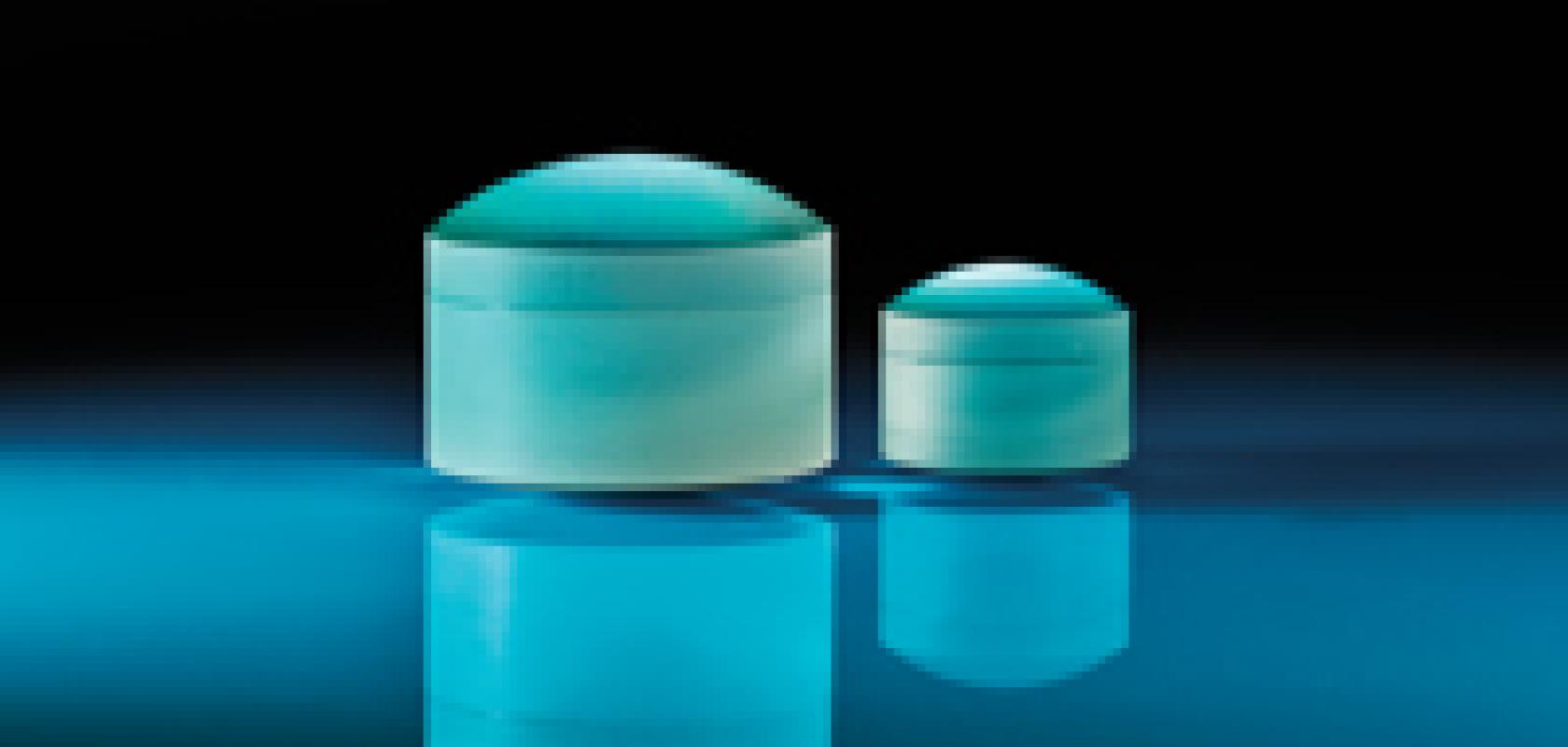The benefits of colour-corrected optical lenses

Minimising the number of lenses in an optical assembly is a critical design consideration. Selecting single optical lenses that can simultaneously reduce multiple aberrations is an ideal way to achieve this goal. Colour-corrected aspheric lenses, for instance, reduce both spherical and chromatic aberration, making them ideal for a range of applications where precision results and image quality are key.
Chromatic aberration occurs in conventional optical lenses when different wavelengths of light focus at different points along the optical axis, and is typically eliminated by introducing multiple lenses, fabricated from glasses with different indices of refraction, into an optical assembly. However, by eliminating chromatic aberration with colour-corrected aspheric lenses, an imaging system with fewer lenses can be designed. Reducing the element count not only minimises the size and weight of the assembly, but it also simplifies the assembly process, yielding imaging lenses that ultimately cost less and outperform assemblies made of traditional spherical optical components.
Optical designers use a variety of tools to recognise, and try to correct for, aberrations. These tools often include computer-generated spot diagrams and chromatic focal shift comparisons. Spot diagrams represent an estimation of the smallest spot size an optical lens can focus to. Chromatic focal shift displays the focal length of an optical lens over different wavelengths. A smaller spot size and lower degree of chromatic focal shift are the superior options. See the benefits of colour-corrected optical lenses by comparing spot diagrams and chromatic focal shift graphs of TECHSPEC Hybrid Aspheric Lenses, TECHSPEC Aspheric Lenses, and TECHSPEC Achromatic Lenses.
Colour-corrected lens configuration comparisons
Hybrid Germanium Aspheric Lens vs. Germanium Aspheric Lens
Germanium Infrared (IR) Hybrid Aspheric Lens
• Designed for use in the 3-5¼m infrared (IR) region
• Near diffraction limited performance
• Over 95% transmission
• Ideal for use with polychromatic light sources

Figure 1a: Spot Diagram for #68-262 25mm Dia. x 25mm FL
Germanium Infrared (IR) Aspheric Lens
• Designed for mid-wave infrared (MWIR) and long-wave infrared (LWIR) regions
• Diffraction limited performance
• AR coated lenses offer over 95% transmission
• Ideal for use with monochromatic light sources

Figure 1b: Spot Diagram for #68-238 25mm Dia. x 25mm FL

Figure 1c: Chromatic Focal Shift Comparison of #68-262 and #68-262 Aspheric Lenses
Plastic Hybrid Aspheric Lens vs. Standard Plastic Aspheric Lens
Plastic Hybrid Aspheric Lens
• Colour-corrected
• Available uncoated or with VIS AR coating
• Lightweight design
• High numerical aperture
• Ideal for use with polychromatic light sources

Figure 2a: Spot Diagram of #65-992 25mm Dia. x 25mm FL
Plastic Aspheric Lens
• Low autofluorescence
• Available uncoated or with VIS or NIR AR coating
• Lightweight design
• High numerical aperture
• Ideal for use with monochromatic light sources

Figure 2b: Spot Diagram of #66-008 25mm Dia. x 25mm FL

Figure 2c: Chromatic Focal Shift Comparison of #65-992 and #66-008 Aspheric Lenses
Aspherised Achromatic Lens vs. Standard Achromatic Lens
Aspherised Achromatic Lens
• Greater colour correction than standard achromatic lens
• Corrects spherical aberration
• Ideal for use with polychromatic light sources

Figure 3a: Spot Diagram of #49-662 25mm Dia. x 30mm FL
Achromatic Lens
• Colour-corrected doublet lens
• Multiple AR coating options
• Ideal for use with polychromatic light sources

Figure 3b: Spot Diagram of #45-211 25mm Dia. x 30mm FL

Figure 3c: Chromatic Focal Shift Comparison of #49-662 and #45-211 Achromatic Lenses
Precision Aspherised Achromatic Lens vs. Precision Aspheric Lens
Precision Aspherised Achromatic Lens
• Colour and spherical aberration corrected aspheric lens
• All glass doublet
• Diffraction limited over visible spectrum
• Low f/# designs
• Ideal for use with polychromatic light sources

Figure 4a: Spot Diagram of #85-302 25mm Dia. x 25mm FL
Precision Aspheric Lens
• Spherical aberration corrected aspheric lens
• Multiple AR coating options
• Increased numerical aperture
• Aberration correction similar to multi-lens system

Figure 4b: Spot Diagram of #47-730 25mm Dia. x 25mm FL

Figure 4c: Chromatic Focal Shift Comparison of #85-302 Achromatic Lens and #47-730 Aspheric Lens
Achromatic Lens vs. Spherical Singlet Lens
Achromatic Lens
• Optimised to reduce spherical and chromatic aberrations
• Ideal for use with polychromatic light sources

Figure 5a: Spot Diagram of #65-553 25mm Dia. x 25mm FL
Spherical Singlet Lens
• Lightweight
• Ideal for use with monochromatic light sources

Figure 5b: Spot Diagram of #45-098 25mm Dia. x 25mm FL

Figure 5c: Chromatic Focal Shift Comparison of #65-553 Achromatic Lens and #45-098 PCX Spherical Singlet Lens

